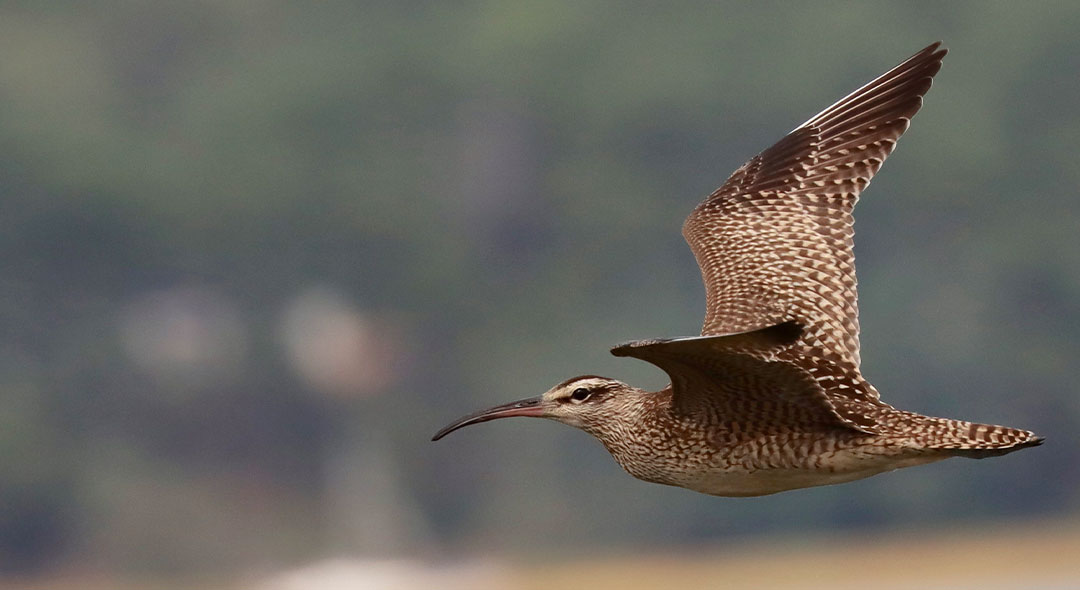Recent assessments indicate that cod stocks are at 3% of the level considered necessary to sustain the iconic New England fishery. In eastern Maine the problem is especially acute as the local population has been too low for any cod fishing in the region to have occurred for 20 years.
Downeast Fisheries Partnership (DFP) is a new initiative that is taking a novel approach to tackle the immense challenge of rebuilding and sustaining fisheries.
By empowering local fishermen to participate in management, the partnership looks to bring their knowledge of local conditions to bear on the problem of protecting local spawning grounds and associated sub-populations. The goal is to create a future where communities in eastern Maine can sustain themselves on the local fisheries forever.

“The workshop in May was the first time we had the opportunity to engage a wider group of stakeholders,” said DFP Coordinator Anne Hayden. “Manomet, Penobscot East Resource Center and Downeast Salmon Federation have been reaching out to potential partners over the past couple of years. The workshop and this report reflect a new stage in the development of the partnership. A larger group, representative of those working to improve fisheries outcomes in eastern Maine, is developing a collective vision and the steps necessary to make it a reality.”
At the same time, the partnership is supporting projects that embody locally-grounded strategies for fish restoration.
For example, the Downeast Salmon Federation (DSF) has been engaging local communities to participate in an effort to restore Atlantic salmon in the East Machias River. Since this spring, DSF has raised 150,000 juvenile fish in its state-of-the-art hatchery in East Machias. The fish are now ready to be placed in several spots in the watershed where they will live and grow for 18 months before heading out to sea as adults. Prior to release in the wild, each four-inch fish must have its adipose fin clipped to ensure that later sampling programs will be able to distinguish hatchery-reared fish from wild fish. Ratios of clipped to unclipped fish give scientists an idea of the size of the wild population.
Fin clipping 150,000 tiny fish is a massive undertaking, and DSF has called on local community groups to help. School groups have been especially helpful; 185 students of all ages have contributed more than 500 hours of their time.
Executive Director of DSF Dwayne Shaw said, “For these kids to have a first-hand experience handling this endangered fish species and learning about its needs raises their awareness of fisheries issues and opportunities in their own backyard.”
To date, almost all of the hatchery-reared juveniles have been fin-clipped and released.
On the marine policy side, Robin Alden, Executive Director of Penobscot East Resource Center, is working with the Maine Department of Marine Resources and fishermen to create an area-based diversified fisheries licensing system for fisheries within Maine’s jurisdiction. To date, fishermen have been given species-specific licenses, which tend to ignore local conditions and increase reliance on one species.
Area-based licenses are a novel policy alternative that would give fishermen more responsibility for managing their local ecosystem and using their local knowledge to determine how fisheries in the area are regulated.
“Groups in eastern Maine know best the opportunities for rebuilding fisheries and have the tools to engage communities in the vital work of securing a more promising future for a region dependent on fishing,” said Hayden. “The goal of the partnership is to support these groups as they work together to address the decline of fisheries, which is a bigger problem than any one of them can solve on their own.”





 Back to all
Back to all